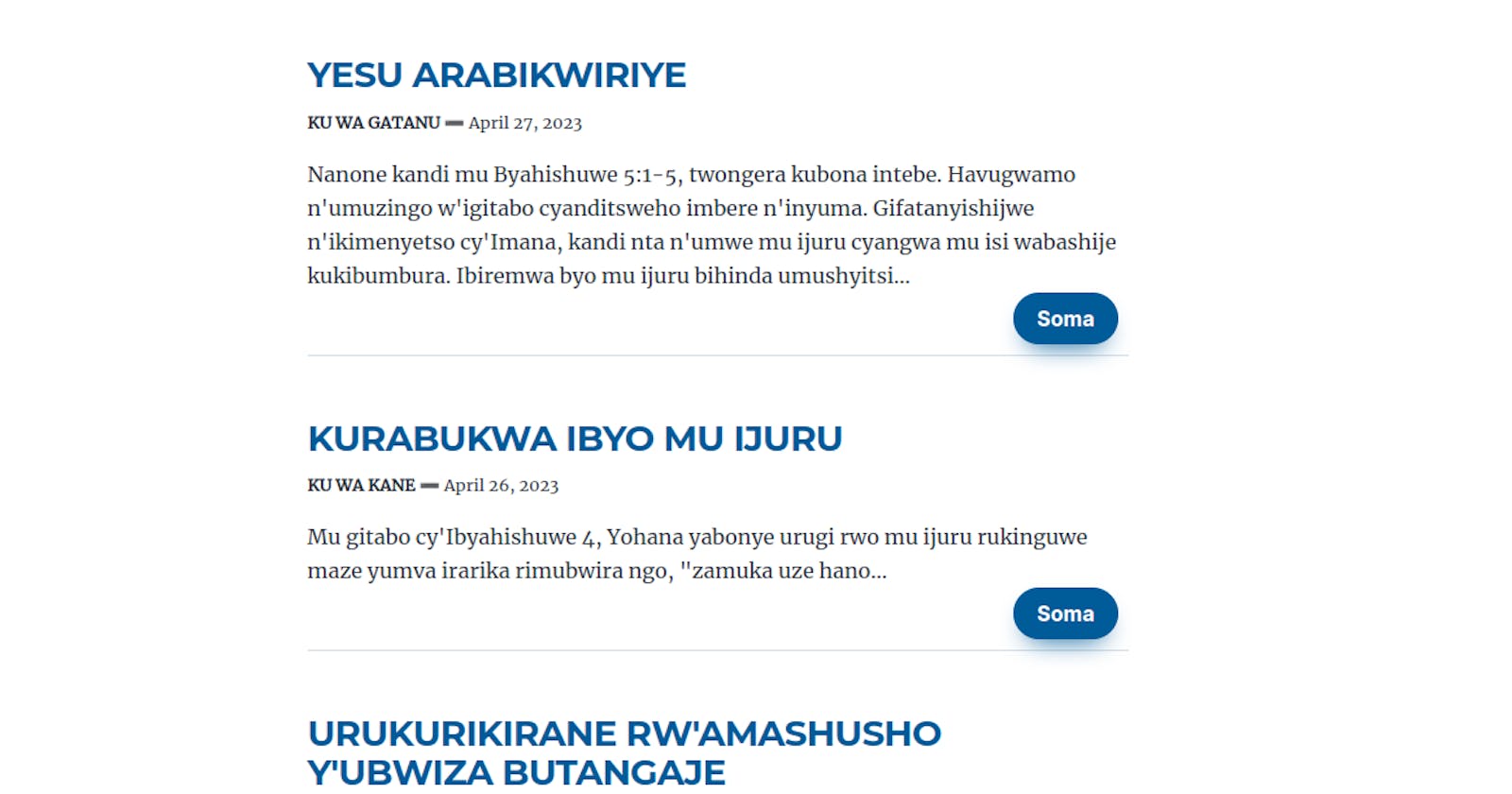Appwrite Hackathon project migrating My GatsbyJs Project to Appwrite Leveraging the Power of Backend-as-a-Service
In the recent hackathon, I took on the challenge of leveraging the power of Appwrite as a Backend-as-a-service (BaaS) for my GatsbyJs side project. Appwrite provided a robust and scalable solution, allowing me to enhance the functionality and manage the backend aspects of my application effortlessly. In this post, I’ll walk you through migrating my GatsbyJs project data source to Appwrite and highlight the benefits it brought to my development workflow. Demo
Understanding the power of Appwrite
Firstly, I immersed myself in exploring the functionalities offered by Appwrite as a Backend-as-a-Service (BaaS) platform. As stated on their website, Appwrite provides a wide range of features, including authentication, database management, file storage, and serverless functions. This comprehensive set of tools allowed me to streamline my backend development process and focus more on the core functionalities of my GatsbyJs application.
Evaluating the Migration Process
Next, I assessed the steps required to migrate my GatsbyJs project from its existing data source to Appwrite. This involved reconfiguring the data source and I had to install first these packages
npm install gatsby-source-appwrite node-appwritethen configured these options
appwriteEndpoint- the url of your endpointappwriteProject- appwrite project idappwriteApiKey- api key of your appwrite project, with correct access rights
Current Appwrite configuration of the project
...
module.exports = {
...
plugins: [
...
{
resolve: `gatsby-source-appwrite`,
options: {
appwriteEndpoint: process.env.APPWRITE_ENDPOINT,
appwriteProject: process.env.APPWRITE_PROJECT_KEY,
appwriteApiKey:process.env.APPWRITE_API_KEY,
types: [
{
type: "Posts",
query: databases =>
databases.listDocuments("64734849574afcf3906e", "647712fce18612ca1fc6"),
},
],
},
},
...
]
}
I did also update other parts of the codebase to interact with Appwrite’s APIs. I encountered a few challenges along the way, but the Appwrite documentation and community support were immensely helpful in resolving them.
Leveraging Appwrite’s Database Services
One of the major advantages of migrating to Appwrite was the seamless integration with its database services. I no longer needed to worry about handling file uploads and management. Appwrite’s intuitive APIs allowed me to store and retrieve data efficiently, making my application more responsive and scalable.
The query of the index page
export const pageQuery = graphql` { allAppwritePosts { totalCount nodes { _id slug title description umunsi _createdAt } } site { siteMetadata { title } } } `Conclusion
Migrating my GatsbyJs project to leverage the power of Appwrite as the BaaS platform proved to be a game-changer. The process not only simplified my backend management but also improved the overall performance and scalability of my application. I look forward to exploring more of Appwrite’s capabilities and leveraging them in future development endeavors. The project source code can be found here

